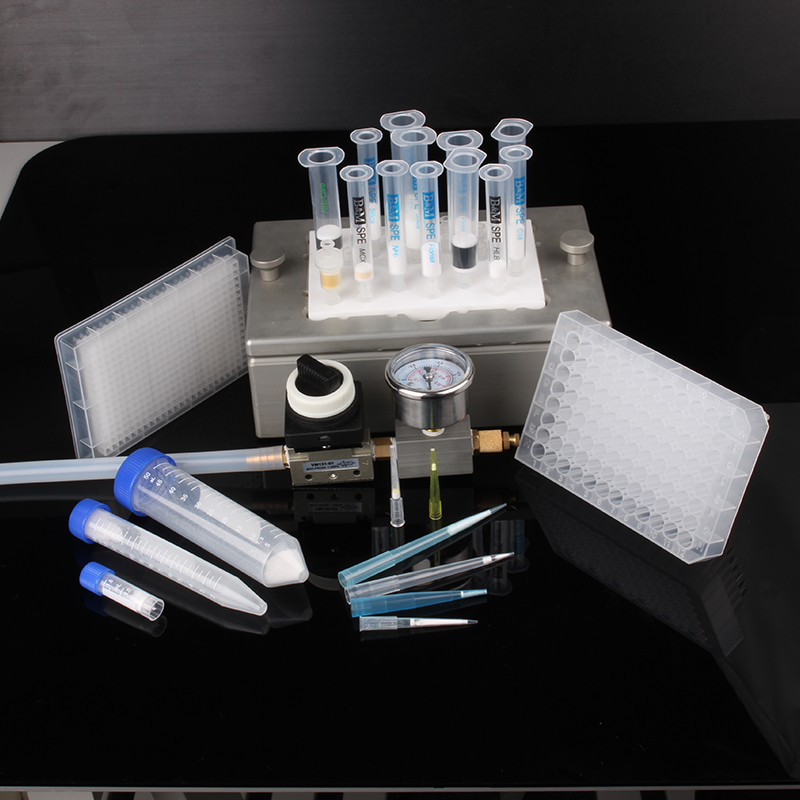SPME has three basic extraction modes: Direct Ectraction SPME, Headspace SPME and membrane-protected SPME.
1) Direct extraction
In the direct extraction method, the quartz fiber coated with the extraction stationary phase is directly inserted into the sample matrix, and the target components are directly transferred from the sample matrix to the extraction stationary phase. During laboratory operations, agitation methods are commonly used to accelerate the diffusion of analytical components from the sample matrix to the edge of the extraction stationary phase. For gas samples, the natural convection of the gas is sufficient to accelerate the equilibrium of the analytical components between the two phases. But for water samples, the diffusion speed of components in water is 3-4 orders of magnitude lower than that in gases, so effective mixing technology is needed to achieve rapid diffusion of components in the sample. The more commonly used mixing techniques include: speeding up the sample flow rate, shaking the extraction fiber head or sample container, rotor stirring and ultrasound.
On the one hand, these mixing techniques accelerate the diffusion rate of the components in the large-volume sample matrix, and on the other hand, reduce the so-called “loss zone” effect caused by a layer of liquid film protective sheath formed on the outer wall of the extraction stationary phase.
2) Headspace extraction
In the headspace extraction mode, the extraction process can be divided into two steps:
1. The analyzed component diffuses and penetrates from the liquid phase to the gas phase;
2. The analyzed component is transferred from the gas phase to the extraction stationary phase.
This modification can prevent the extraction stationary phase from being contaminated by high-molecular substances and non-volatile substances in certain sample matrices (such as human secretions or urine). In this extraction process, the extraction speed of step 2 is generally much greater than the diffusion speed of step 1, so step 1 becomes the control step of extraction. Therefore, volatile components have a much faster extraction rate than semi-volatile components. In fact, for volatile components, under the same sample mixing conditions, the equilibrium time of headspace extraction is much shorter than that of direct extraction.
3) Membrane protection extraction
The main purpose of membrane protection SPME is to protect the extraction stationary phase from damage when analyzing very dirty samples. Compared with the headspace extraction SPME, this method is more advantageous for the extraction and enrichment of hard-to-volatile components. In addition, the protective film made of special materials provides a certain degree of selectivity for the extraction process.
Post time: Apr-07-2021




